 |
| Left: Peter Lindbergh, Right: Fred Herzog |
Earlier this week, an outpouring of condolences directed toward legendary artist Robert Frank streamed through international news outlets and various social media channels. What we need to remember is that since September 3rd, the photography world also lost three other icons who deserve a tribute on DPReview. Peter Lindbergh passed away on the 3rd, Charlie Cole on September 5th, and Fred Herzog on September 9th — one day before Frank.
Peter Lindbergh
 |
| Peter Lindbergh 2015, via Wikipedia, used under CC BY-SA 4.0 |
Peter Lindbergh leaves behind a legacy as one of the fashion world’s most renowned and sought after fashion photographers. The German artist passed away on Tuesday, September 3rd, at the age of 74. Lindbergh’s style of capturing women with minimal makeup and forgoing any retouching in his black-and-white images presented a stark contrast to the typical 1980s aesthetic of big hair, loud makeup plus outfits, and excessive airbrushing.
 |
| Portrait of German Photographer Peter Lindbergh, taken by Stefan Rappo (New York, 2016), via Wikipedia, used under CC BY-SA 4.0 |
Lindbergh was born in Leszno, Poland, and grew up in Duisburg, Germany. He attended the Berlin Academy of Fine Arts. During that time, it was the pure love of capturing his brother’s children in action that inspired him to pursue a career in photography. In 1973, he opened his very first studio in Düsseldorf. Five years later, he would move to Paris and take a job at Vogue magazine, essentially the ‘fashion bible’ to this very day.
Peter Lindbergh, the photographer behind the lens of this iconic Vogue cover has passed away. pic.twitter.com/1i4So5oCgz
— S (@dolcesa_) September 4, 2019
Lindbergh is most famously credited for ushering in the era of the 1990s supermodel. His January, 1990 cover shot plus accompanying spread for British Vogue featuring Naomi Campbell, Cindy Crawford, Tatjana Patitz, Christy Turlington, and Linda Evangelista catapulted them to a first-name basis level of fame. His powerful depiction of these women inspired singer-songwriter George Michael to cast them in his music video for his hit “Freedom! 90.”
Besides photographing fashion icons, Lindbergh also made an impact with Hollywood starlets such as Lupita Nyong’o, Sharon Stone, and Reese Witherspoon. “Over the years I’ve worked with Peter on many shoots. He was enormously kind and always made me feel beautiful no matter what kind of day I was having. He was a wonderful soul who put so much gorgeous art into the world,” wrote Witherspoon in a heartfelt Twitter post.
“When @therealpeterlindbergh shoots, it’s about the women,” said Crawford on her official Instagram account. “It’s not about the hair, makeup, or styling, really. He had a way of turning your imperfections into something unique and beautiful…and his images will always be timeless.” Lindbergh leaves behind his wife of 17 years, photographer Petra Sedlaczek, and his three sons Benjamin, Simon, and Jeremy.
Charlie Cole
Charlie Cole was an American photojournalist best known for one of the most resonant photographs of our time, ‘The Tank Man.’ The image’s central subject was a Chinese officer confronting a row of tanks during the 1989 Tiananmen Square crackdown. Cole passed away in Bali on Thursday, September 5th, at the age of 64.
He was one of four photographers at the scene who captured this pivotal moment in history. The framing and perspective he was able to get with a telephoto lens, from the balcony of his Beijing hotel room, is what won him the the 1990 World Press Photo of the Year award. He would later speak of watching the man in a white shirt walk into the center of Changan Avenue as the tanks approached. ‘I kept shooting in anticipation of what I felt was his certain doom. But to my amazement the lead tank stopped, then tried to move around him.’
#RIP Charlie Cole, 64
Only 4 photographers took the famous “Tank Man” image in Tiananmen Square.But his won the World Press Photo, as it was tightly shot with a telephoto lens.
He hid the roll of film in the toilet, put an empty roll in the camera which security confiscated. pic.twitter.com/C12PEE5XV3
— Rhett Bartlett (@dialmformovies) September 13, 2019
‘I think his action captured peoples hearts everywhere and when the moment came, his character defined the moment, rather than the moment defining him,’ Cole commented to The New York Times. ‘He made the image. I was just one of the photographers. And I felt honored to be there.’ China’s Public Security Bureau would eventually seize the man in the photo and escort him out of the vicinity. To this day, his fate remains unknown and the image remains largely censored on the country’s Internet.
Cole instinctively knew that Chinese officials would search his room and confiscate any camera gear and film. He wrapped the one roll containing the image of ‘The Tank Man’ in plastic and attached it to the flush chain of the hotel room’s toilet. It worked. The men seized all other camera gear and film rolls, then left feeling satisfied with the evidence they confiscated.
The remaining film roll was developed at the Associated Press bureau then delivered to Newsweek magazine on time for a deadline, thanks to a photo tech-photographer who had flown in to deliver it from the magazine’s Tokyo office. Cole would live to regret the fact that the image he captured had become synonymous with the Tiananmen Square tragedy. In his mind, it diminished the accomplishments of the other photographers on the scene that day documenting the crackdown against the demonstrators in the square. He rarely spoke of his career-defining photo as a result.
An accident on his Harley Davidson, taking place in Tokyo during the mid-1990s, ended his news career. His left leg was shattered but not amputated. He eventually relocated to Jakarta, then finally settled in Bali with his Indonesian wife Rosanna. For the remaining 15 years of his life, he worked quietly as a commercial photographer.
Fred Herzog
 |
| Fred Herzog taking photos in Vancouver’s Chinatown in the early 2000’s. Image captured by DPR reader Jack Simpson and used with permission. |
In the 1950s and 60s, almost all street photography was black and white. Fred Herzog used Kodachrome slide film to produce rich colors in his images that captured vibrant city life in Vancouver, British Columbia, the industries it was built on, and its working class. Herzog passed away on Monday, September 9th, at the age of 88. His death marks the end of an era. The city he once documented has been largely replaced with upscale housing and corporate structures.
 |
| Fred Herzog, Curtains, 1972, Archival pigment print, Courtesy of Equinox Gallery. |
Herzog was born in Stuttgart, Germany, in 1933. He emigrated to Canada in 1952, living briefly in both Toronto and Montreal before settling in Vancouver. Professionally, Herzog worked as a medical photographer and was the associate director of the UBC Department of Biomedical Communication. He would roam the streets of his new home base, spontaneously documenting its fleeting moments.
 |
| Fred Herzog, Crossing Powell, 1984, Archival pigment print, Courtesy of Equinox Gallery. |
‘It’s not a question of learning all the techniques or learning composition or learning about the art of it. I think what is important is that you are out there as a person and relate to those objects and those people who intrigue you,’ said Herzog whose time capsule of photos taken during the 50s and 60s established his legacy as one of the pioneers of artistic color photography.
His photos were ahead of their time. It wouldn’t be until the 1970s that technology evolved to the point where Herzog felt the elements contained in his Kodachrome color slides could be properly processed in print. ‘The majority of his photographs are done on Kodachrome slide film which has this particular richness to it. The reds are just sort of extra velvety and there’s just something really particular to that color,’ said Equinox Gallery director Sophie Brodovictch.
 |
| Fred Herzog, Flaneur Granville, 1960, Archival pigment print, Courtesy of Equinox Gallery. |
‘Printing techniques of the time […] just couldn’t reproduce those Kodachrome colors. So he patiently just filed his slides in his basement and waited for technology to catch up to show what he wanted to see in a tangible paper or printed format,’ Brodovictch added. Herzog, as a result, would not attain commercial success until later in life. His first retrospective was shown at the Vancouver Art Gallery in 2007, when he was 74 years old. He went on to show work in several major exhibits across Germany and Canada plus release several photography books.
Herzog briefly put his legacy in jeopardy during a 2012 interview with the Globe and Mail. He expressed doubts about the extent of the mass slaughter that occurred during what he deemed ‘the so-called Holocaust’ during World War 2. When he learned that the reporter, Marsha Lederman, was a child of Holocaust survivors, he retracted his statement.
In 1994, Herzog took part in an interview with Global News, who shared excerpts from it after the news of his passing.
I love vintage photographs that are entire movies in a split second. Fred Herzog. Vancouver 1968. pic.twitter.com/EeH02yszPX
— Clayton Cubitt (@claytoncubitt) June 18, 2017
He leaves behind his daughter, Ariane, and son, Tyson. His wife, Christel, passed away in 2013. While Vancouver may have changed dramatically over the decades, a new generation of street photographers continues to be inspired by his work. On a final note, artist Clayton Cubitt was able to articulate my feelings about Herzog’s work deftly with a single tweet, embeded above.
Articles: Digital Photography Review (dpreview.com)


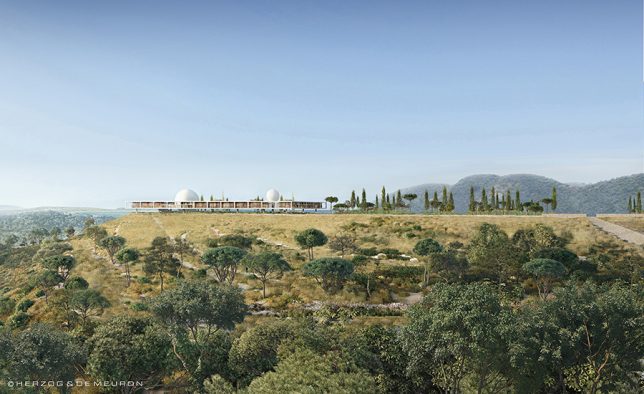

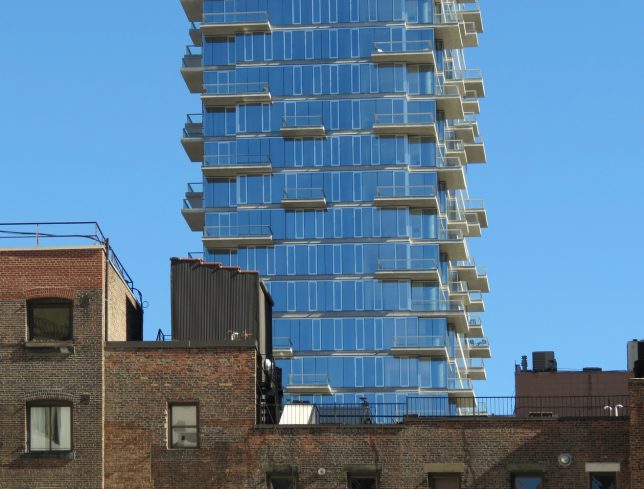

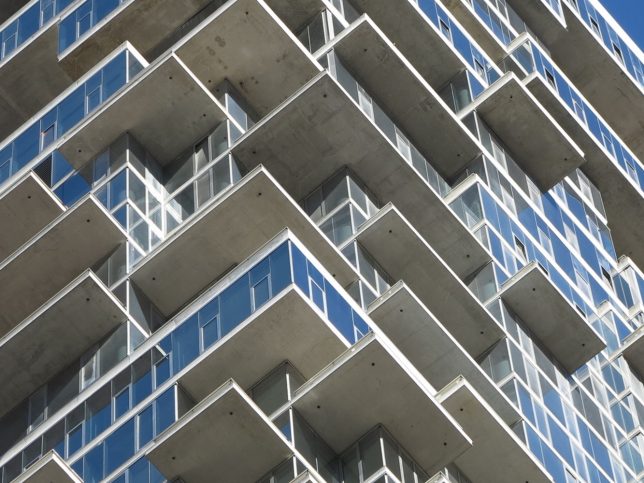
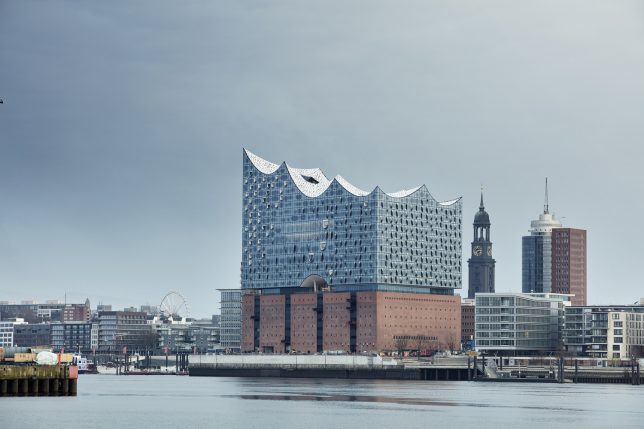
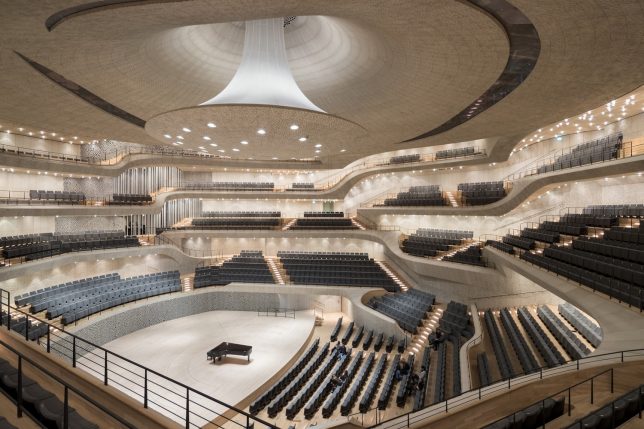
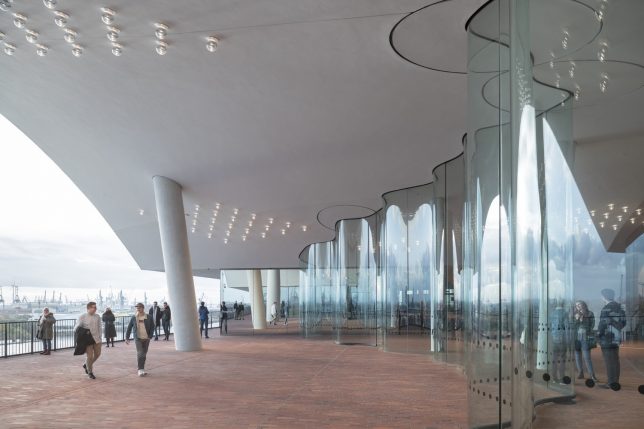
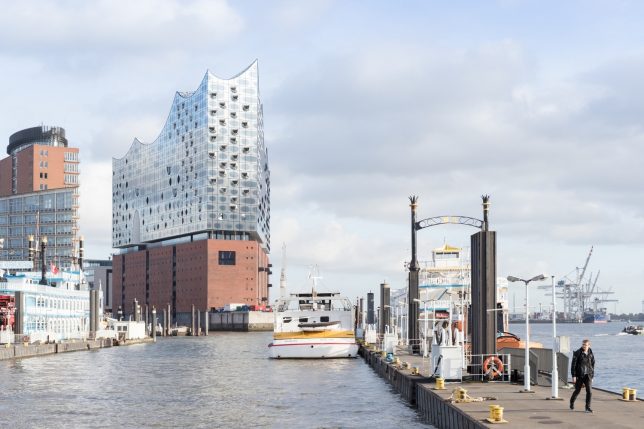
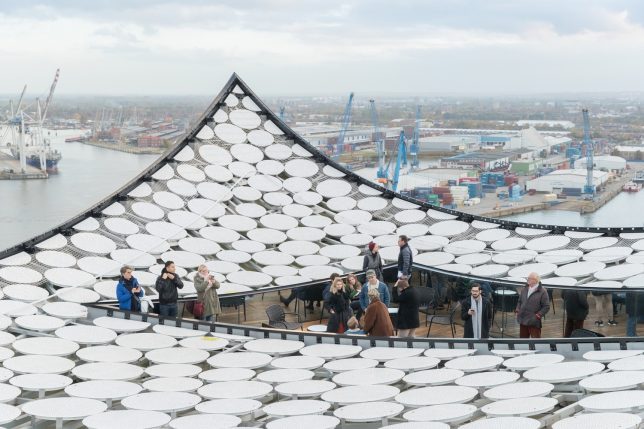
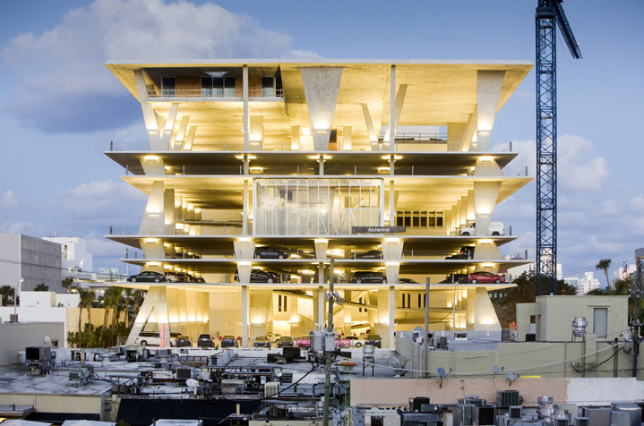



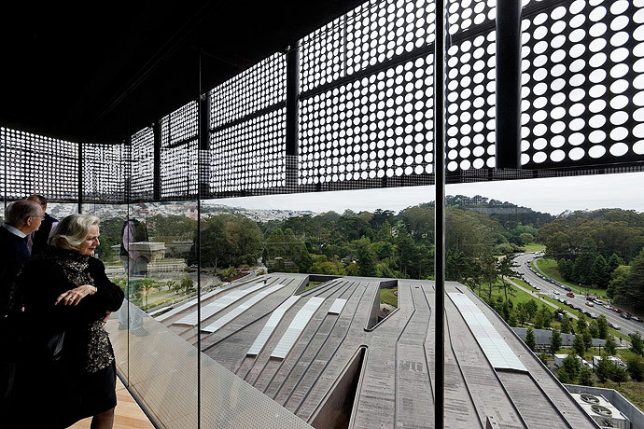

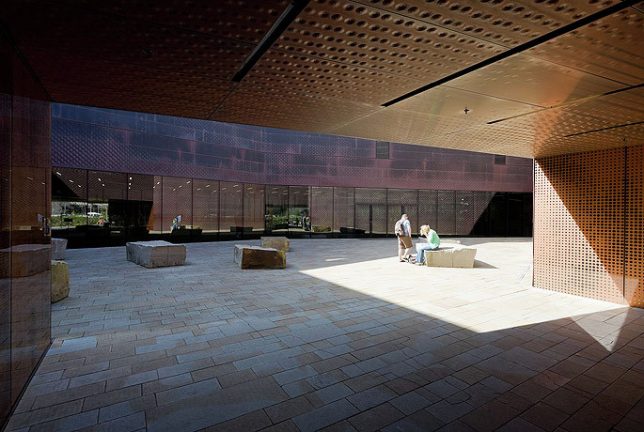
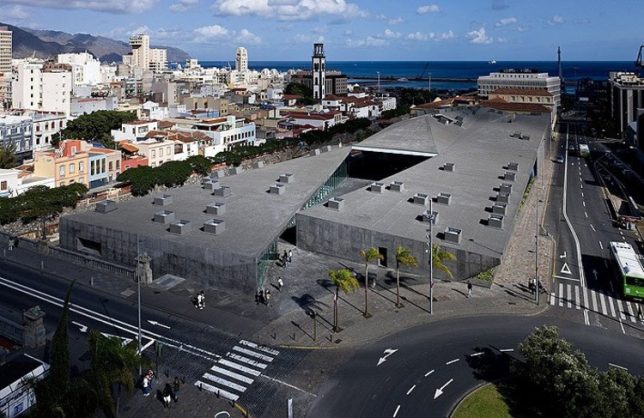
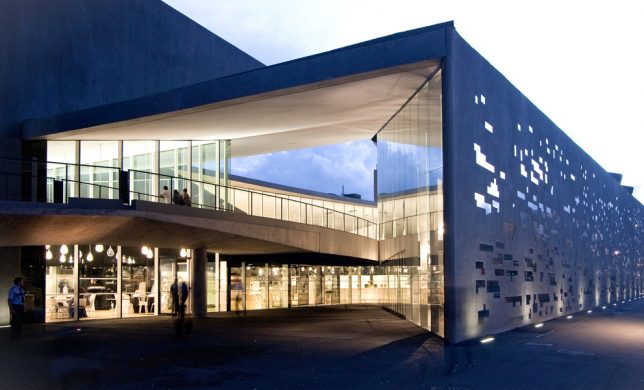

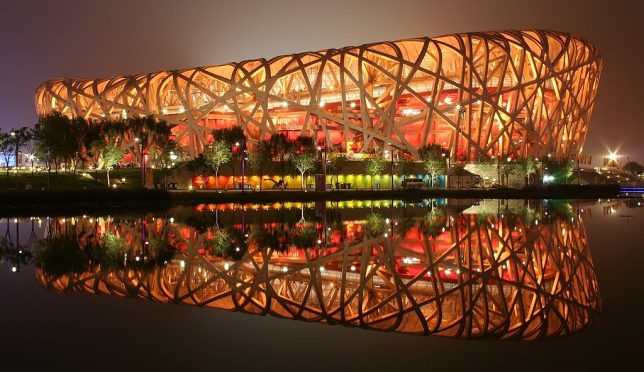
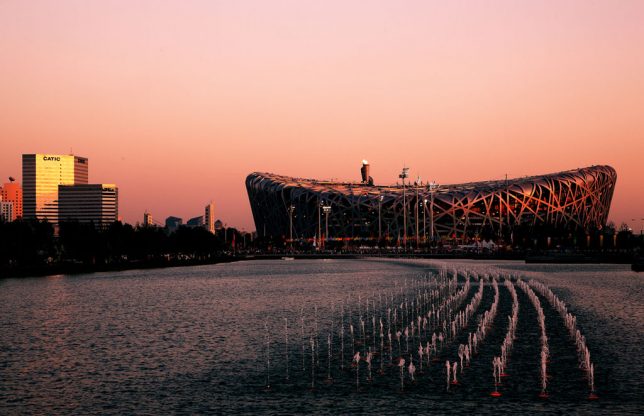

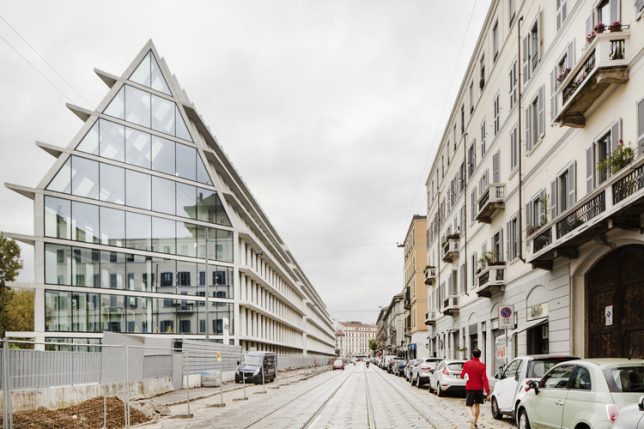
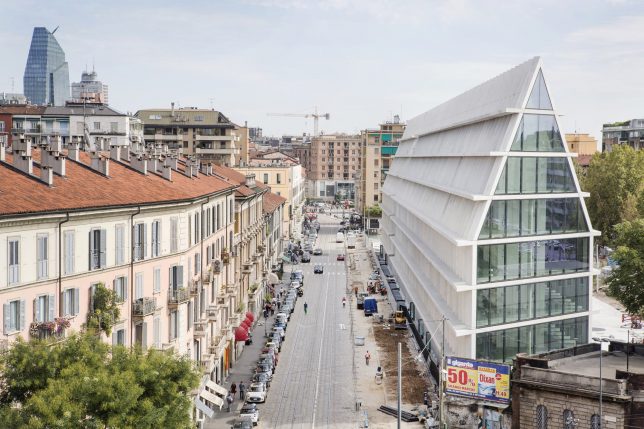
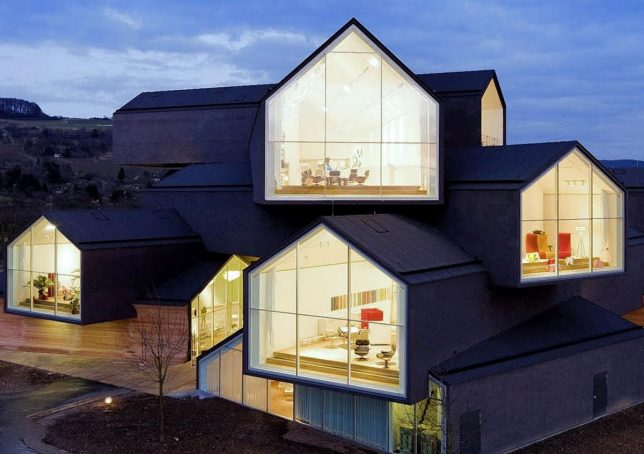
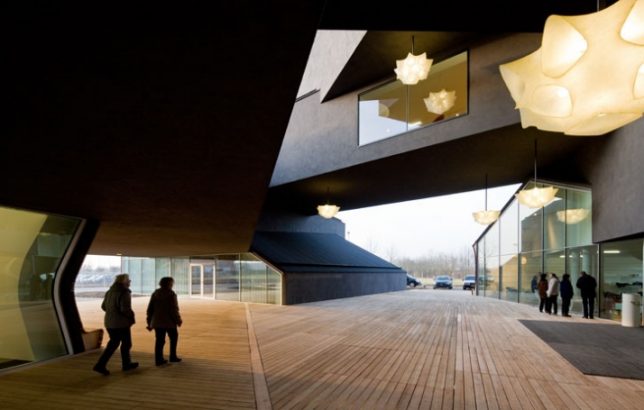
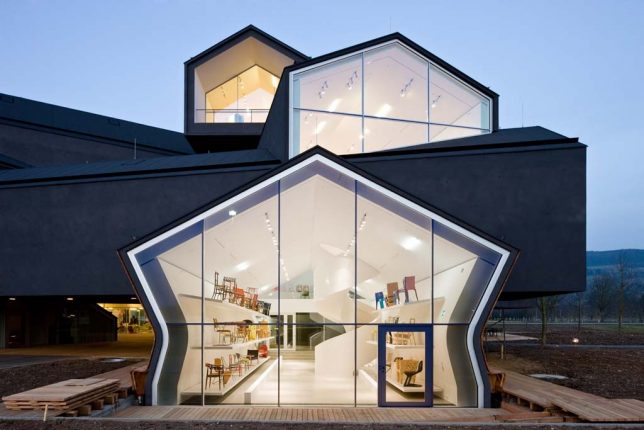
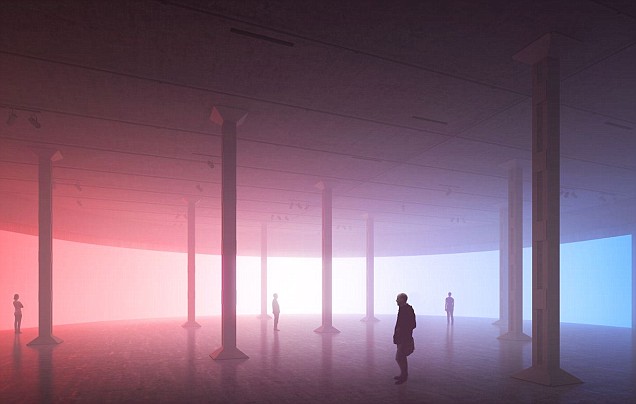
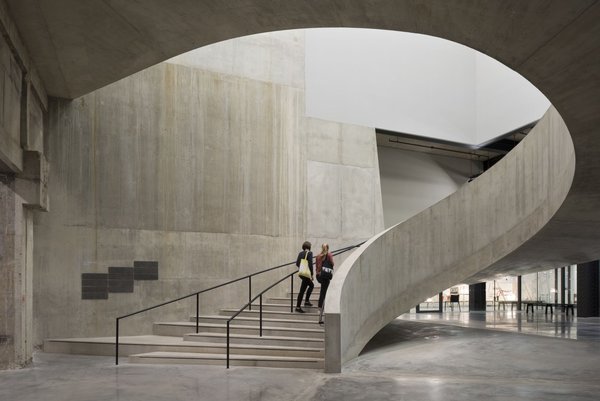
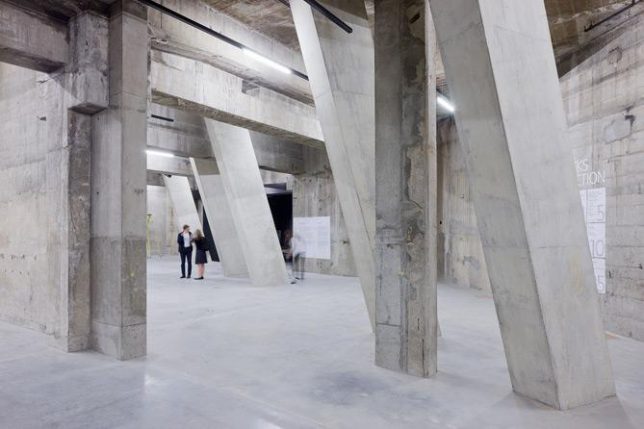




You must be logged in to post a comment.